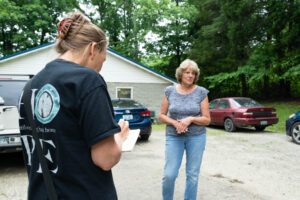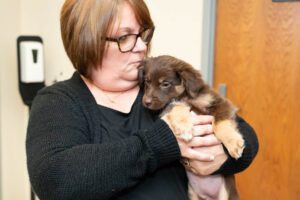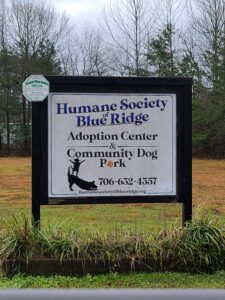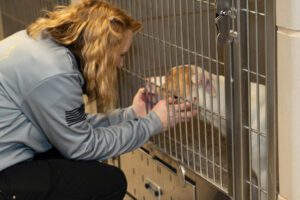A Tale of Two Shelters
Private animal shelters often are built near public shelters to do the job that the tax-payer funded shelter is not. They literally rescue dogs from the public shelter. Why is more not expected from a government run shelter? Why do citizens pay for two shelters - one with their taxes and the other with their donations (and hearts)? And why, pray tell, do we allow this to go on?






